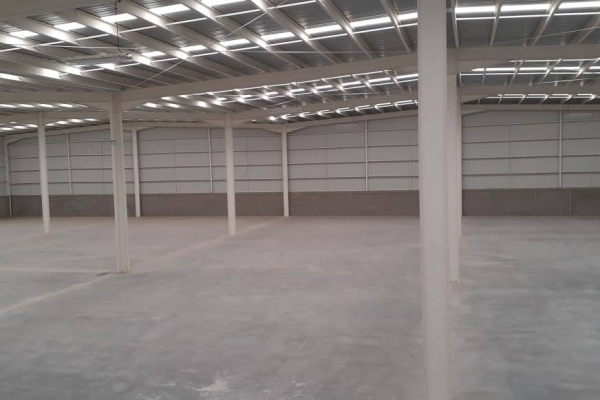The industrial real estate sector in Mexico is solidifying its position as an attractive choice for foreign investors. Key opportunities for substantial industry growth lie in nearshoring, tourism, and infrastructure development. According to a report from AMEFIBRA, an organization representing real estate investment trusts in Mexico, approximately 500 companies have established themselves in the country, driving the demand for industrial spaces amid the nearshoring trend.
“The real estate market remains a resilient and reliable option, capable of withstanding global economic crises despite the inherent risks associated with any investment. In recent months, the nearshoring boom has benefited the Mexican industry with the influx of new companies, while also highlighting the challenges the country faces in attracting investors, particularly in logistics infrastructure. One advantage is the macroeconomic stability of our country and the favorable tariff costs,” added the report.
The Ministry of Economy reported that Foreign Direct Investment (FDI) at the end of the third quarter of 2023 reached $32.926 billion, marking a 30% increase from the $25.272 billion recorded in the same period last year. The ministry emphasized that this growth is a result of foreign investors’ confidence in the favorable business environment and economic stability of the country.

“We have a skilled workforce, coupled with macroeconomic stability, stable interest rates, and exchange rates that allow foreign investors to consider relocating their production areas to Mexico. This results in a demand for industrial parks, necessitating improvements in the road network and telecommunications. All of this aims to provide significant benefits to foreign companies deciding to establish themselves in our country,” stated AMEFIBRA.
In 2022, the industrial real estate supply increased, closing the year at 3.98 million square meters, growing by over 290,000 square meters since the beginning of the year. However, the supply remains constrained due to high demand for industrial spaces and various conditions that have posed obstacles to the development of new speculative projects. These conditions include energy scarcity, rising land prices, and the general increase in construction inputs and interest rates.
Currently, Real Estate Investment Trusts (FIBRAs) have over 2,000 properties covering more than 35 million square meters of Gross Leasable Area (GLA). Additionally, they have generated over 500,000 jobs, with 50,000 directly and 450,000 indirectly.
Developers in Mexico are embracing the construction of sustainable buildings. Consequently, new technologies will need to be implemented, achieving long-term savings of at least 40% in energy, 20% in water, and 20% in embedded energy in materials by 2050.







